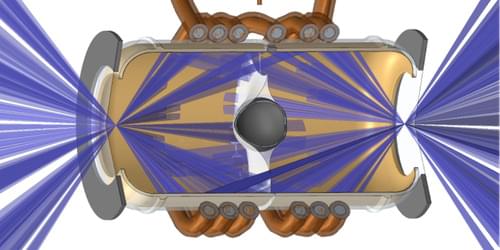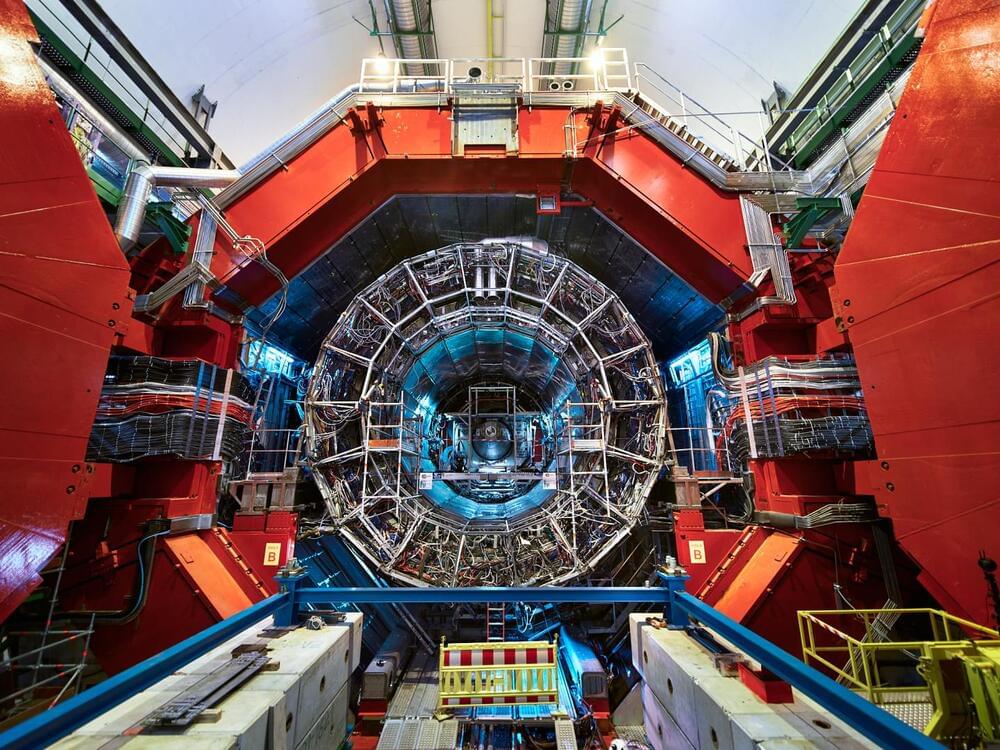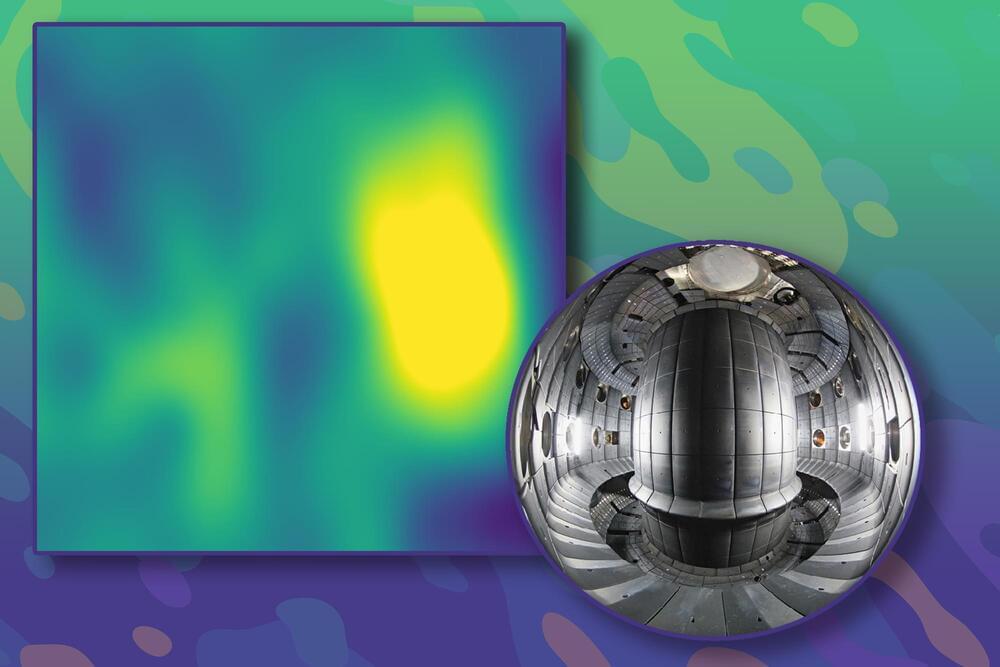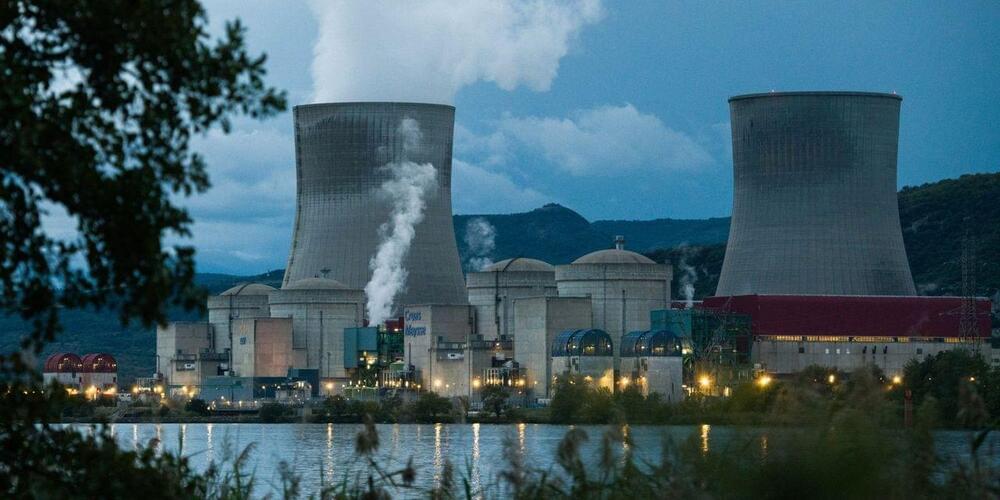A magnetic field can significantly boost the performance of a large-scale fusion experiment that may lead to a future source of clean power.
Nuclear fusion could provide a clean power source, but one of the technological challenges is maintaining the fuel at a high enough temperature for a long enough time. In a technique called inertial confinement fusion (ICF)—where lasers initiate the nuclear reaction—a magnetic field has been shown to improve heating. Now researchers have shown that a magnetic field can also help in a large-scale experiment with a more complicated design that produces far more energy [1]. The applied field increased the fuel’s temperature by 40% and tripled the fusion reaction’s efficiency. The work provides a step toward increasing the robustness and energy output of the fusion reaction and provides the first proof of concept of magnetization-assisted fusion in a large-scale experiment.
In the simplest version of ICF, synchronized laser pulses hit a capsule filled with cold hydrogen fuel, causing it to implode. The implosion heats the fuel and creates a spot of burning plasma (see Viewpoint: Fusion Turns Up the Heat). The “hot spot” serves as a spark that initiates burning throughout the fuel, driving a self-sustaining fusion reaction that releases energy. However, these implosions can fail to generate significant fusion energy if the fuel pellet has small imperfections on its surface or if the lasers are not perfectly timed. But if the fuel could be heated to temperatures higher than was possible in recent experiments, there would be more margin for error, which could alleviate the sensitivity to such details.





